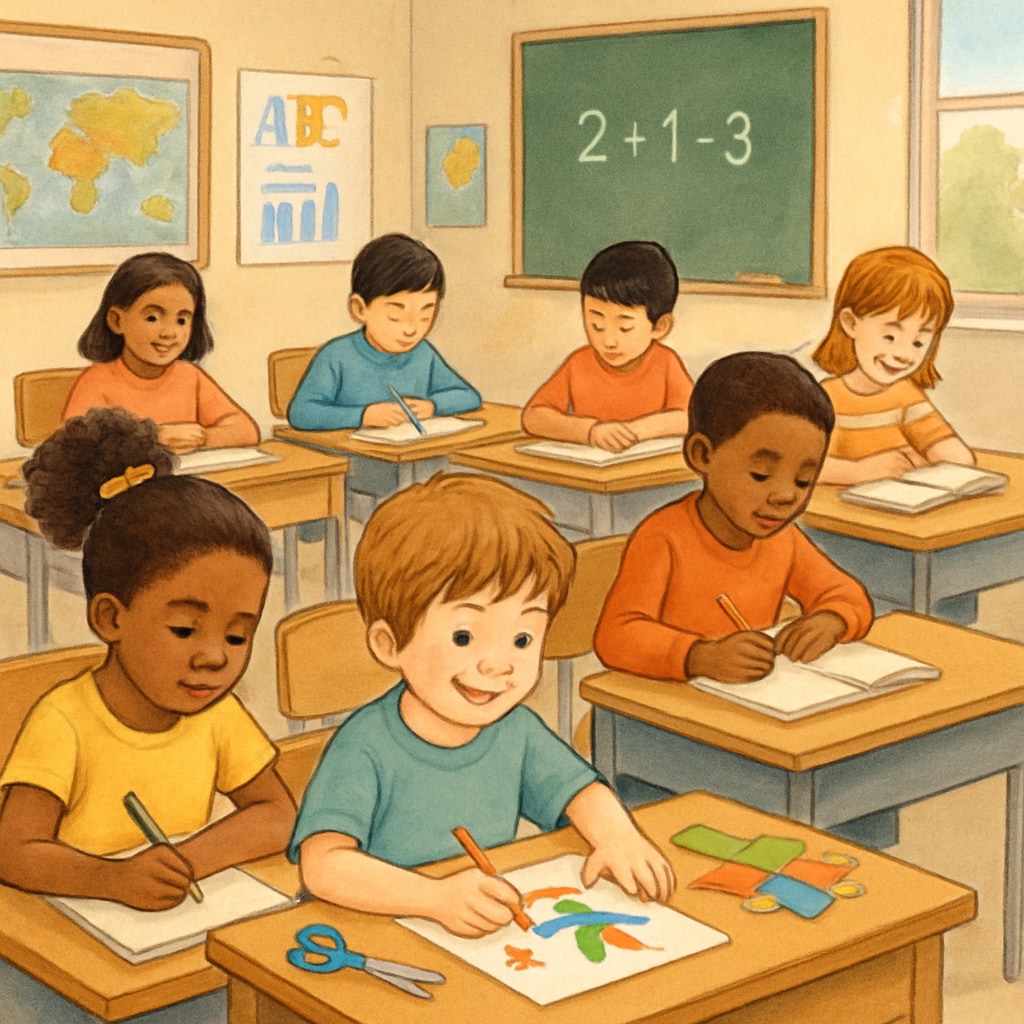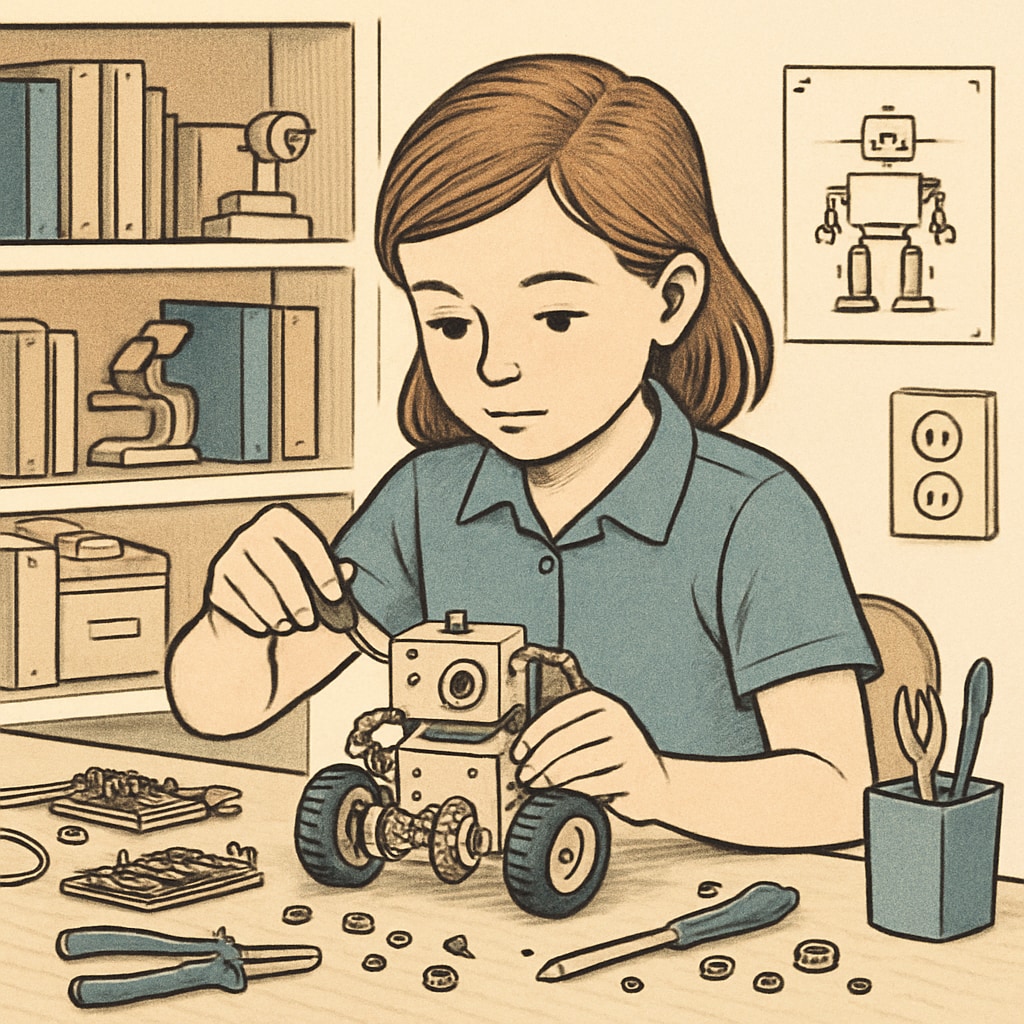Standardized testing is a common method used to identify students for gifted programs. However, this approach often fails to recognize high-potential learners with ADHD, leaving many talented students excluded from opportunities that could nurture their true potential. While these systems aim to streamline the selection process, they inadvertently overlook unique thinkers who do not conform to traditional learning patterns. This article examines the limitations of standardized testing in gifted education and advocates for a more inclusive evaluation system.
The Problem with Standardized Testing in Gifted Programs
Standardized tests are designed to measure a student’s ability in areas like math, reading, and reasoning, but they often emphasize speed, focus, and conformity. For students with ADHD (Attention Deficit Hyperactivity Disorder), these criteria can be challenging. ADHD often manifests as difficulties in sustaining attention, impulsivity, or hyperactivity, which can negatively impact test performance—even if the student excels in creative thinking, problem-solving, or other areas of intellectual ability.
For example, research from the Britannica suggests that standardized testing is inherently limited in assessing non-linear or unconventional cognitive strengths. Students with ADHD may excel in areas such as divergent thinking, artistic creativity, or advanced problem-solving, but these traits are not typically captured by traditional tests. As a result, many ADHD students are disqualified from gifted programs despite possessing exceptional abilities.

Real-Life Examples of Overlooked Talent
Consider the case of Sarah, an 11-year-old student diagnosed with ADHD. Her teachers often described her as “disorganized” and “distracted,” but she displayed an extraordinary ability to solve complex puzzles and think creatively. When Sarah underwent standardized testing for a gifted program, she struggled to focus and completed only half of the test. Unsurprisingly, she didn’t qualify. However, her parents later discovered her exceptional problem-solving skills when she won a regional innovation contest.
Sarah’s story is not unique. Many ADHD students show potential in areas like engineering, art, or entrepreneurship but are excluded from gifted programs because their abilities are not measured comprehensively. This highlights the need for systems that go beyond conventional testing to identify diverse talent.

Proposed Solutions: Inclusive Evaluation Systems
To ensure that students like Sarah are not overlooked, educators and policymakers must adopt more inclusive evaluation systems. Here are some alternatives to standardized testing:
- Portfolio Assessments: Allowing students to showcase their work in areas like art, science, or writing can highlight talents that standardized tests miss.
- Observation-Based Evaluations: Teachers can identify gifted behaviors in the classroom, such as curiosity, creativity, or problem-solving skills.
- Adaptive Testing: Flexible exams that adjust to the student’s pace and learning style can mitigate the challenges ADHD students face during test-taking.
- Parent and Peer Input: Including insights from parents and peers can provide a holistic view of the student’s abilities.
As suggested by Wikipedia’s entry on Gifted Education, embracing multiple assessment methods can help identify students with diverse strengths, ensuring that no talent goes unnoticed.
Why It Matters
Failing to identify ADHD students for gifted programs has long-term consequences. These students may feel undervalued and disengaged, potentially underachieving despite their capabilities. Conversely, inclusion in gifted education can boost confidence, foster curiosity, and unlock new opportunities. By recognizing the limitations of standardized testing and embracing diverse evaluations, educators can create a fairer and more inclusive system that benefits all students.
Ultimately, education should aim to nurture every child’s unique strengths. Whether it’s through creative thinking, problem-solving, or unconventional intelligence, students with ADHD deserve the chance to thrive. It’s time for policymakers, educators, and parents to work together to ensure that no young genius is overlooked.
Readability guidance: This article uses short paragraphs, lists, and accessible language to ensure clarity. Transition words like “however” and “for example” are used to maintain flow. Passive voice is minimized, and average sentence length is kept under 16 words.


